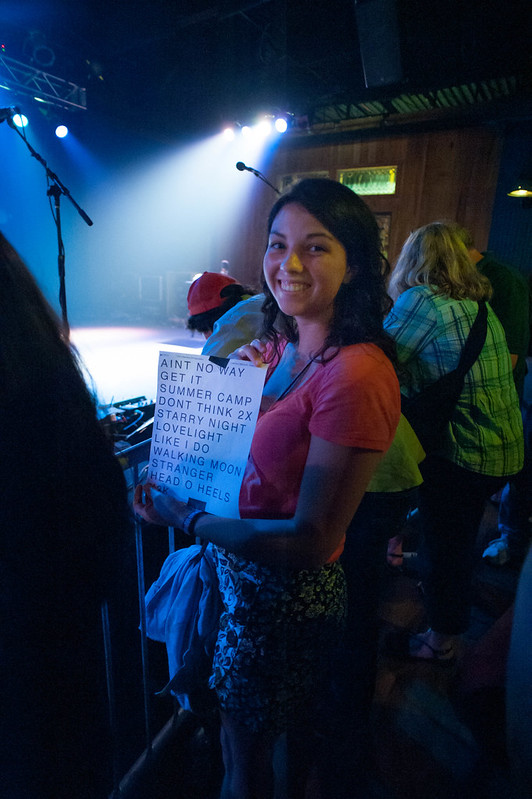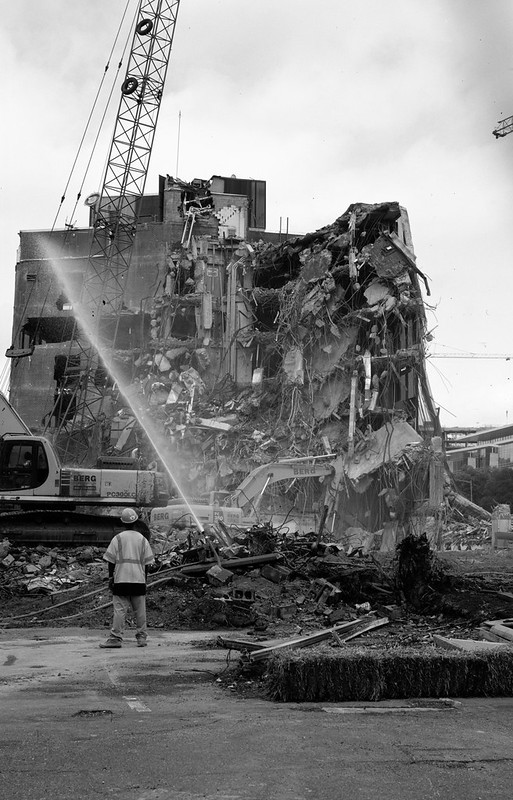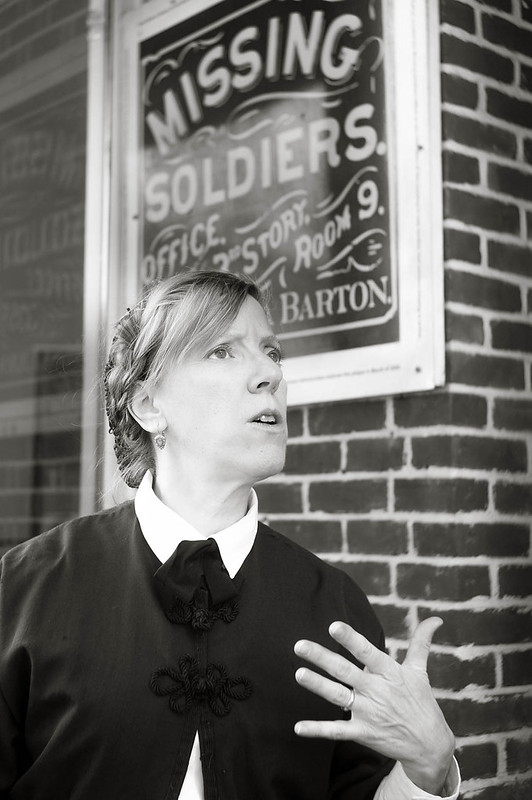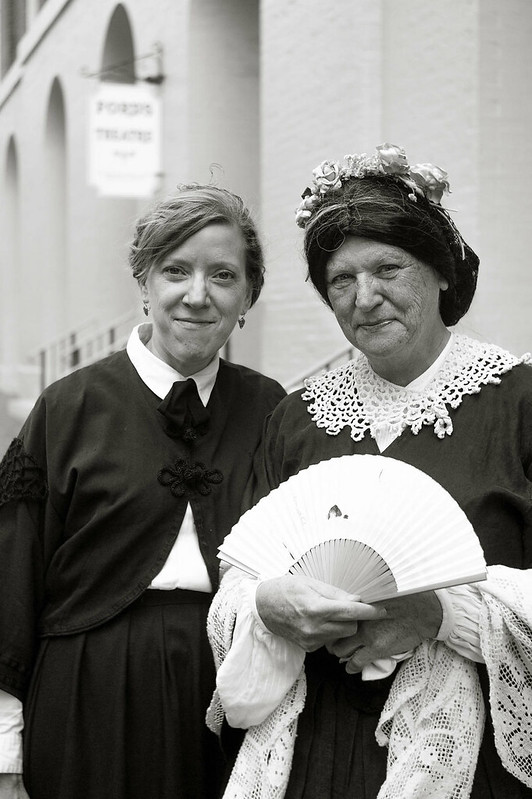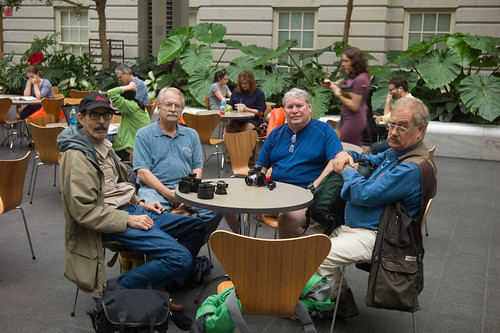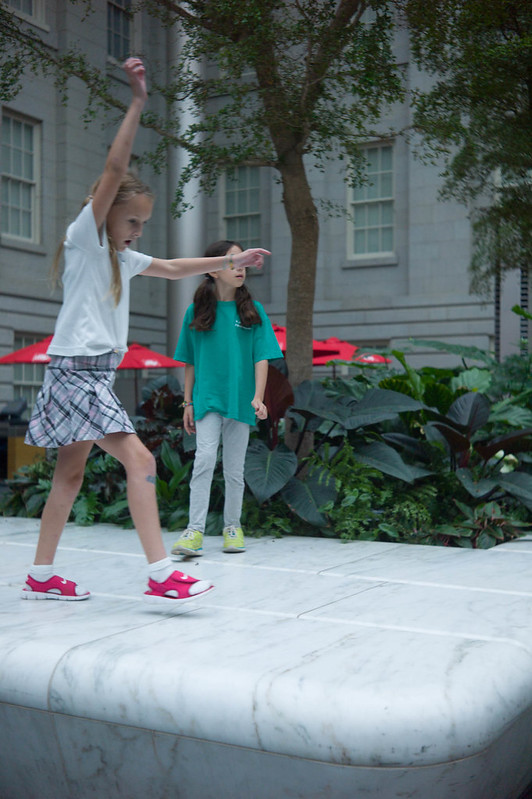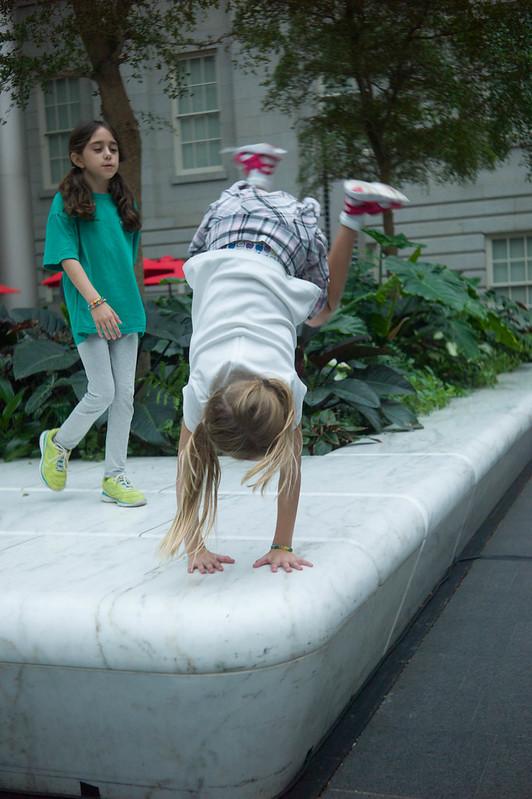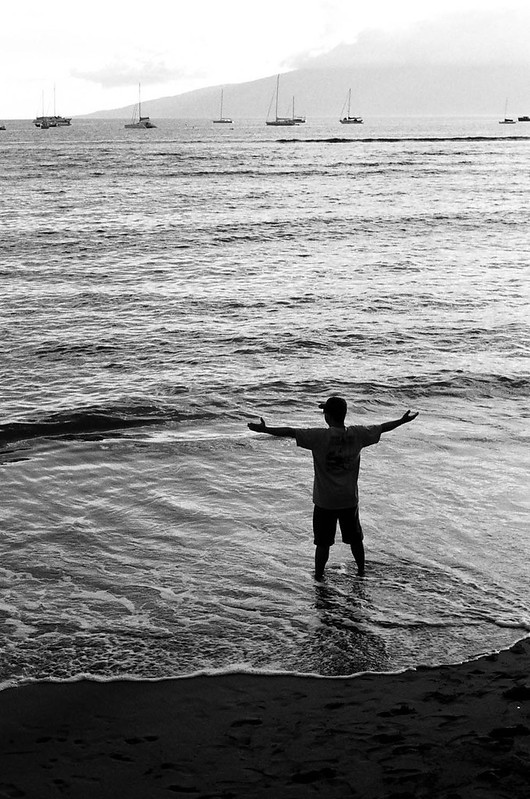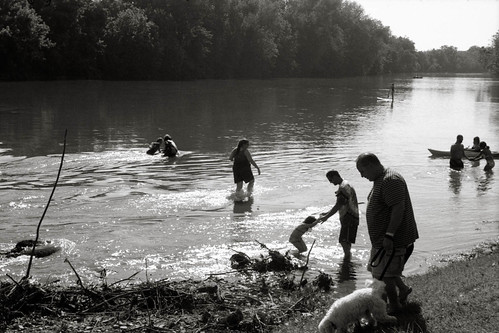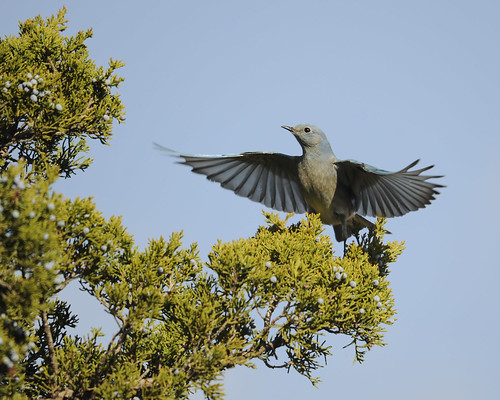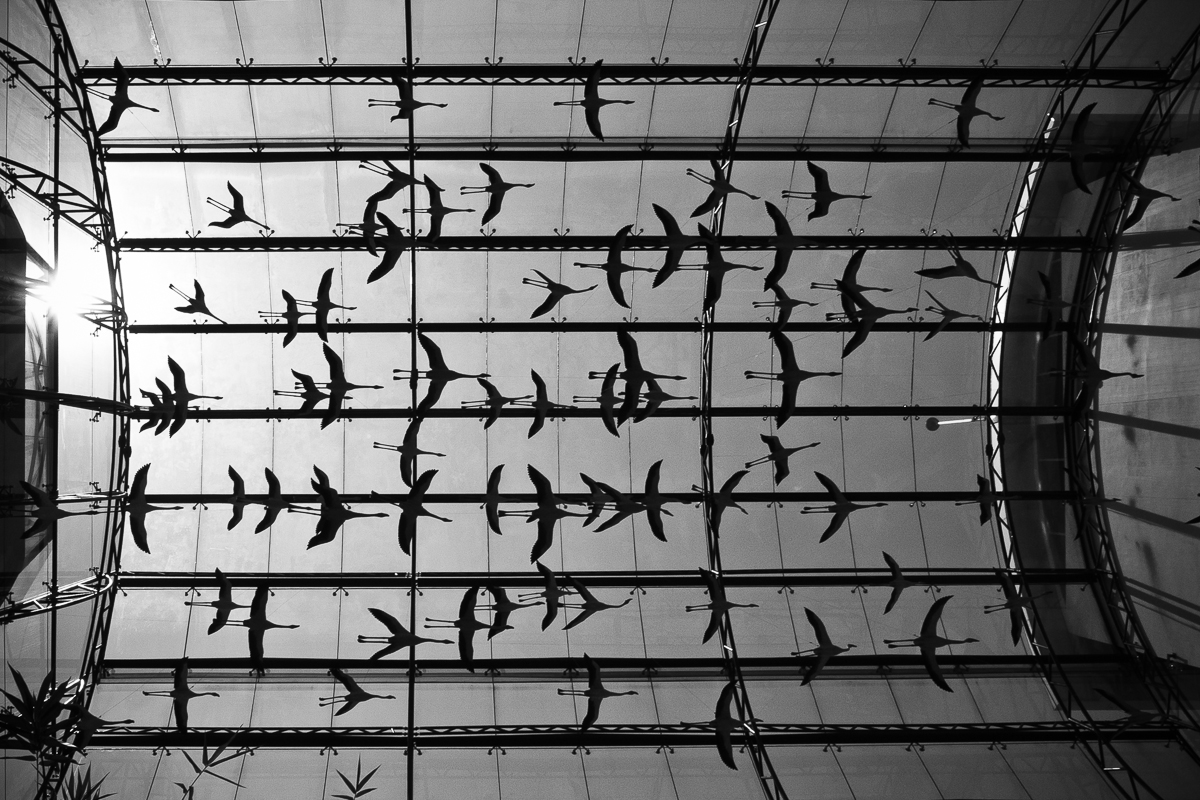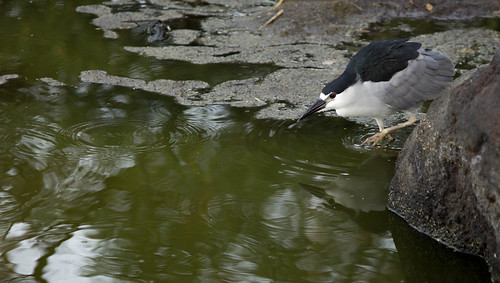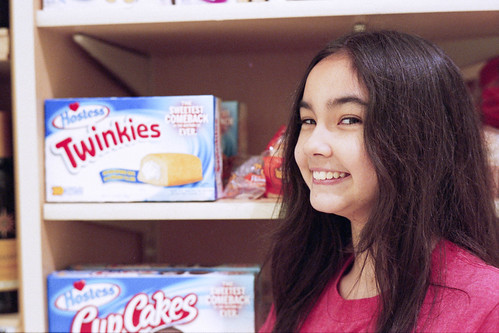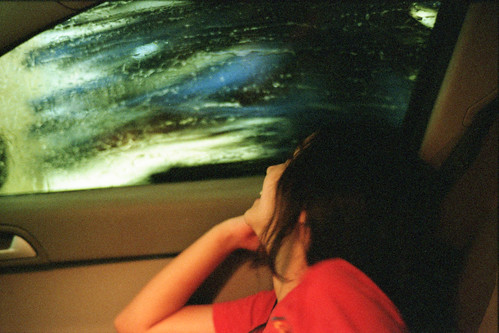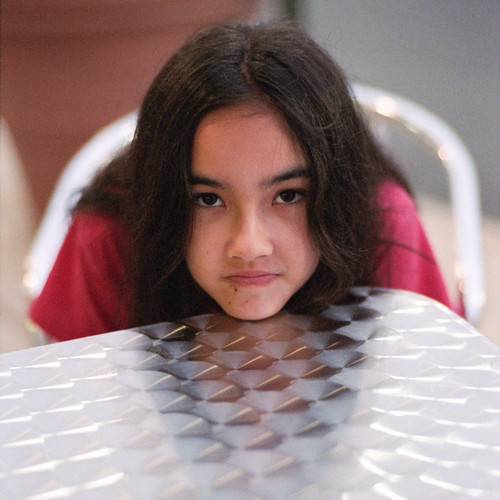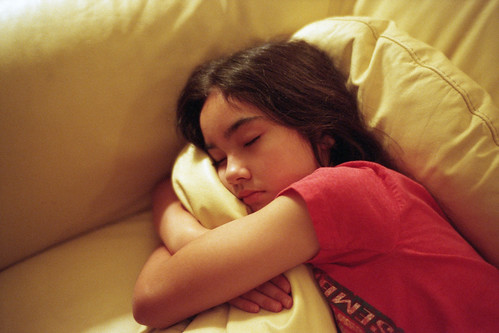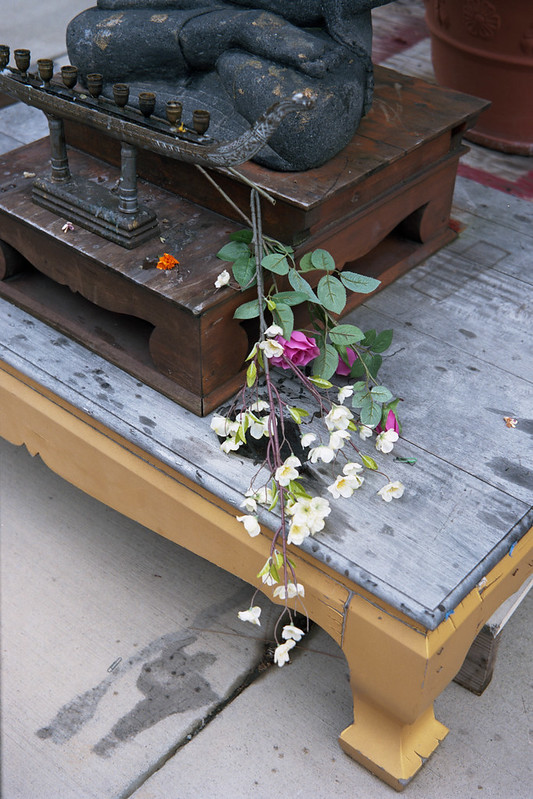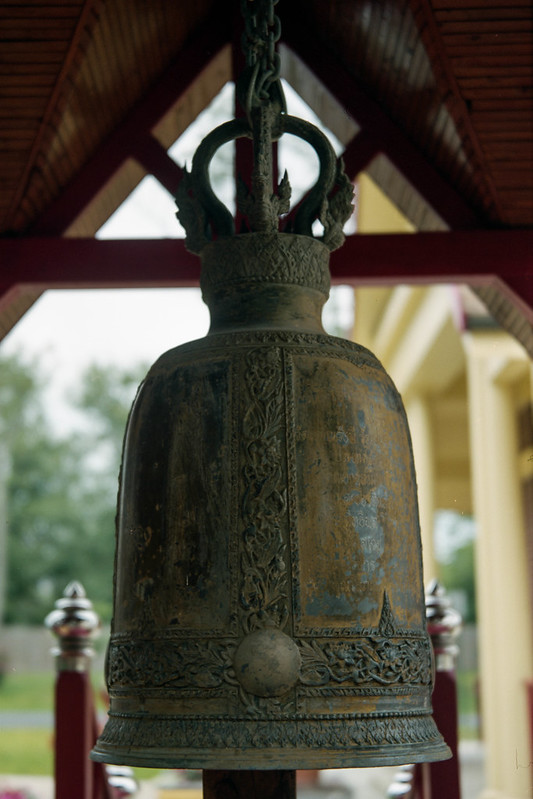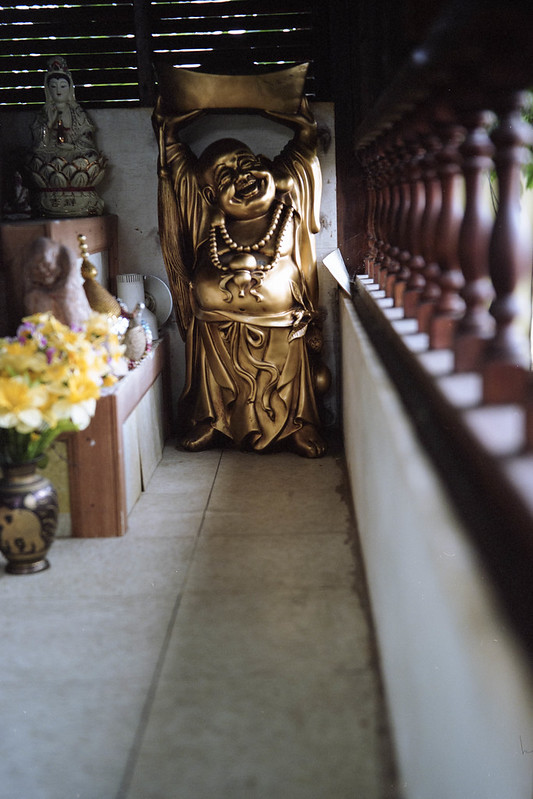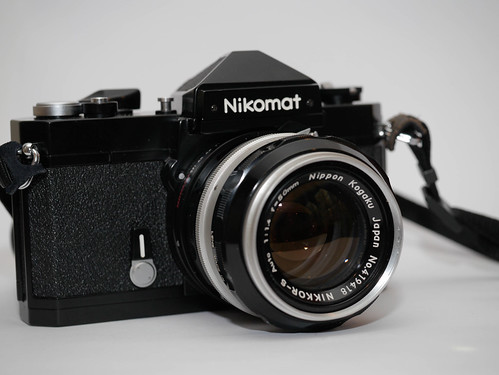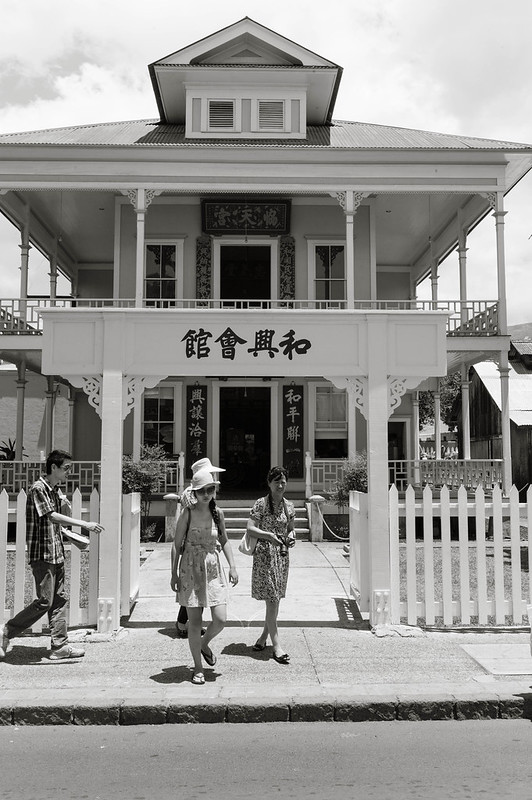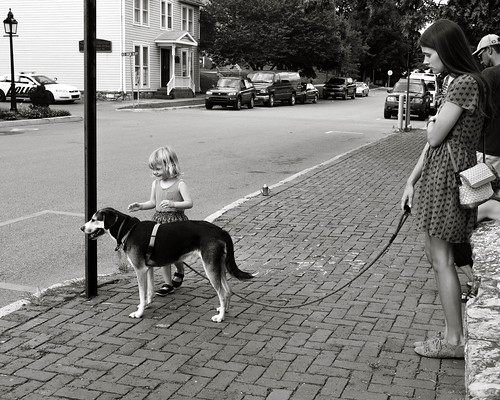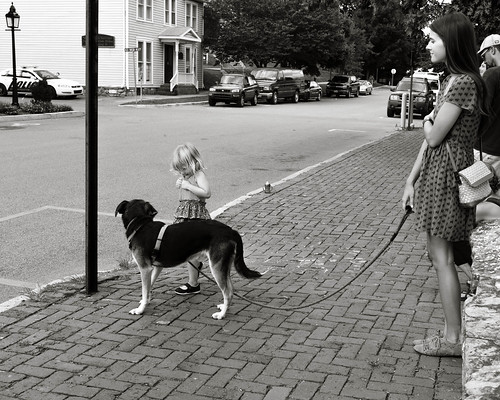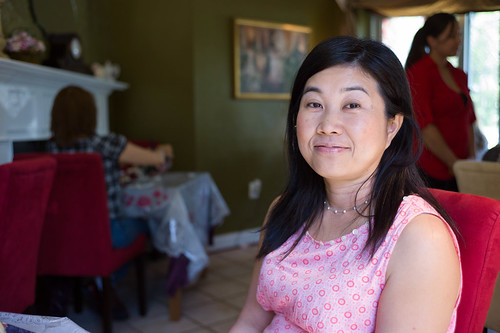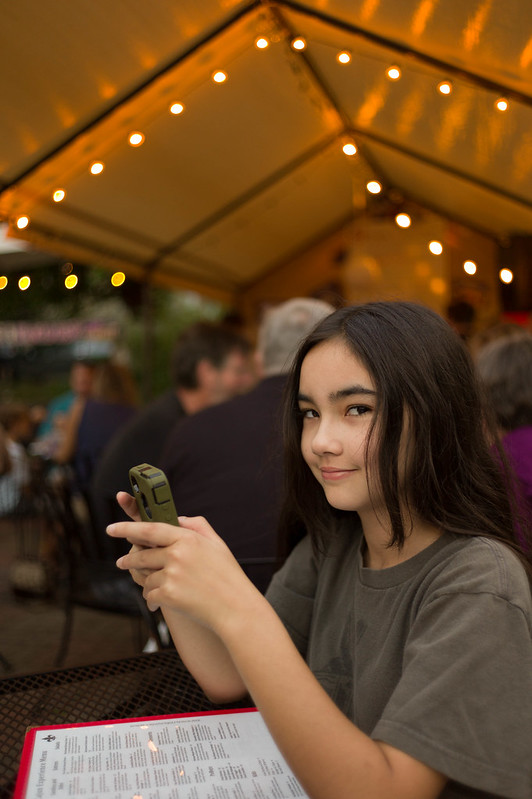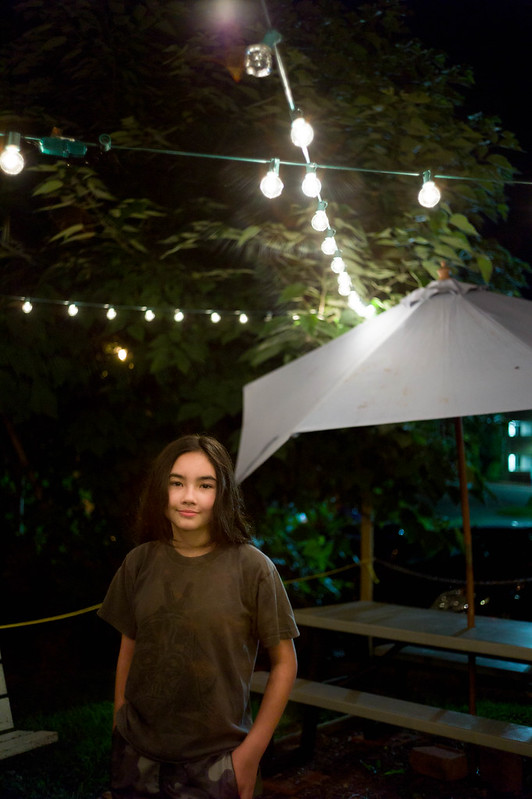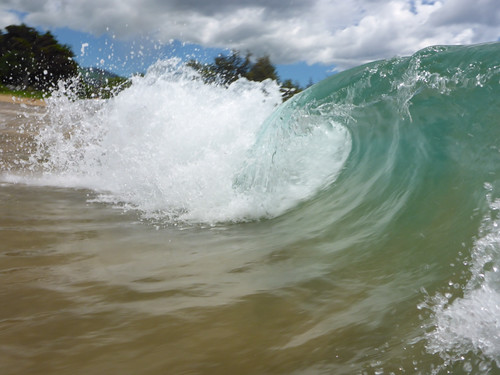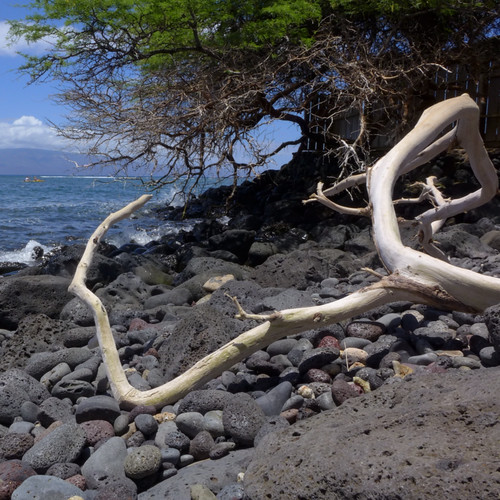As part of our LHSA meetup in Washington, DC on September 21, a couple of us took part in a Civil War walking tour.
Led by character Demetria Parish, a Pennsylvania girl who married and moved to DC (along with her sister), we walked through the modern streets of DC together, hearing the stories of 150 years past. Dressed in hoop skirt and all, Demetria shared plenty of period gossip with us.
(
Click Here) to read about the Courage! tour on historicstrolls.com
Demetria Parish, in Front of Clara Barton's Offices, by Reed A. George
Leica M9, Minolta Rokkor 45mm f2.8 LTM Lens
iso 400, f4.8, 1/125 sec.
We met a few other characters on our walk, including this lovely catholic nun, who passed Demetria a secret letter. It seems that letter never made if further, being stuffed into Demetria's bag, and likely forgotten.
Nun With A Secret, by Reed A. George
Leica M9, Minolta Rokkor 45mm f2.8 LTM Lens
iso 400, f4, 1/500 sec.
From a photographer's perspective, seeing Matthew Brady's studio building was a treat. Mr. Brady was a driving force in photography during the Civil War, the first war to be significantly captured on film (or at least the bodies of dead soldiers, which allowed capture with extremely slow films). We also heard a story about how his assistant, on the roof to adjust light-diffusing curtains to improve the lighting for General Grant's portrait, stepped through the slanted glass, showering the General in shards.
Matthew Brady's Studio, by Reed A. George
Leica M9, Minolta Rokkor 45mm f2.8 LTM Lens
iso 400, f4.8, 1/3000 sec.
We spent some time around the old patent office (now the National Portrait Gallery) and post office (Monaco Hotel). Ms. Parish worked in the Dead Letters office.
The tour ended up outside Ford's Theatre, where the news of Mr. Lincoln's death, at the hands of actor John Wilkes, was just coming out. It seems Ms. Parish had something of a thing for Wilkes, and she's shocked to learn of his true character.
Demetria Parish and Mary Lincoln in Front of Ford's Theatre, by Reed A. George
Leica M9, Minolta Rokkor 45mm f2.8 LTM Lens
iso 400, f4, 1/2000 sec.
The tour was really informative and enjoyable, drawing plenty of looks from passers by. Demetria consistently told us to watch out for carriages (cars) and to walk carefully around the horses (once a dog, in another case a set of seqways on tour).
As you can see, I shot with my WLL lens for this month, the Minolta Rokkor 45mm f2.8. I'm overall pleased with the result. The first image above is extremely sharp, showing what the lens can do when used carefully.
DMC-365.blogspot.com




